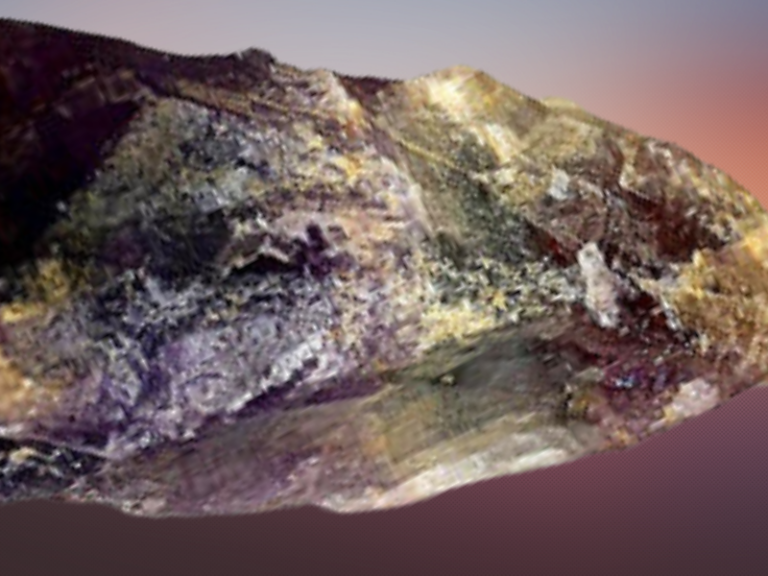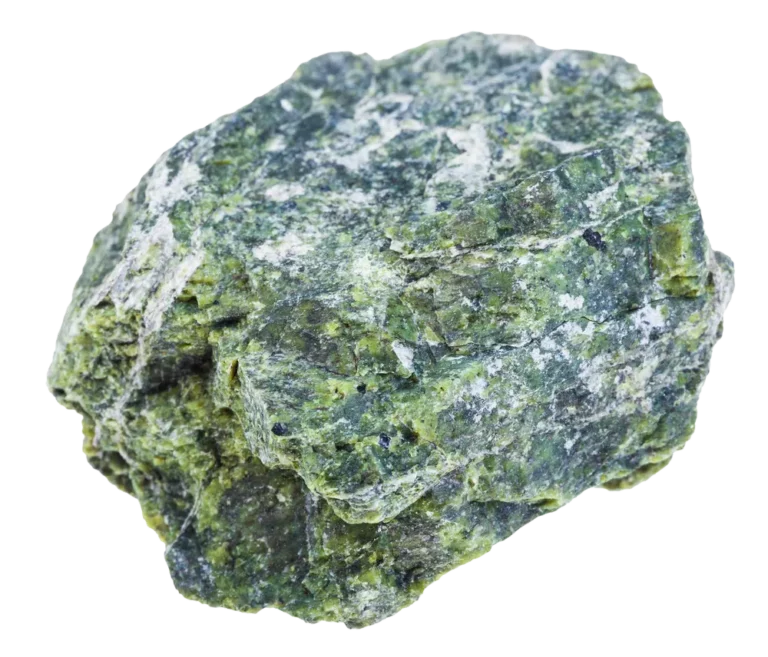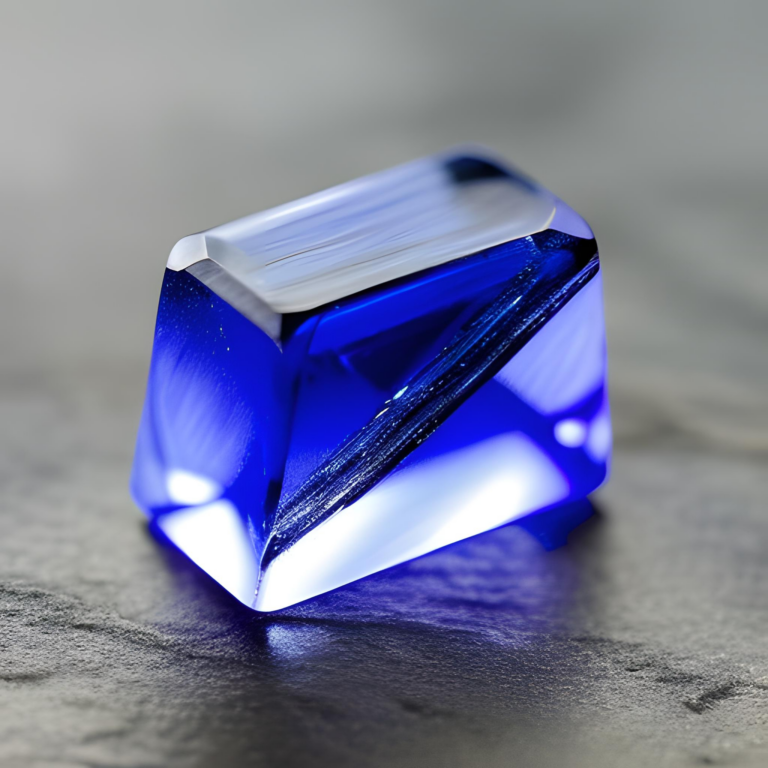Pietersite Gemstone: Properties, Benefits & Meanings
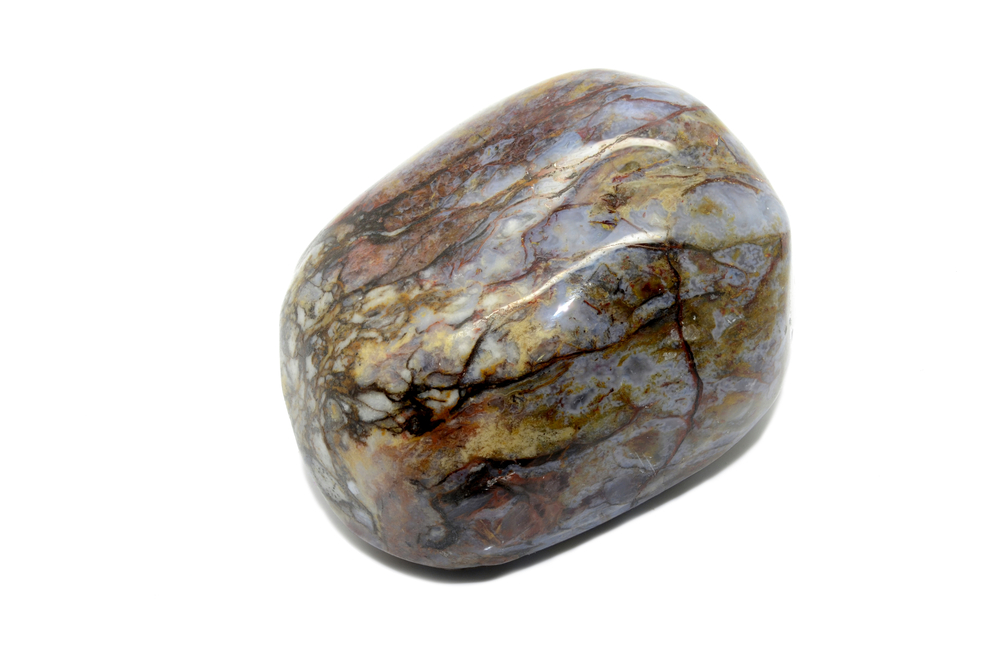
Pietersite Gemstone Overview
Pietersite is a variety of chalcedony, a mineral composed of tiny crystals of quartz. It is typically found in gold, blue, and brown tones, with swirling patterns resembling a stormy sky. These patterns result from the stone’s formation, which occurred when minerals were compressed under intense pressure and heat.
Pietersite gemstone was first discovered in Namibia in 1962 by Sid Pieters, hence its name. It is also found in China, but the Namibian pietersite is considered the finest quality.
Pietersite is believed to possess various spiritual, emotional, and physical healing properties. In this article, we will dive deeper into the properties, benefits, and meanings of Pietersite, as well as its uses in jewelry and beyond.
What Is Pietersite Gemstone?
Pietersite is a rare and beautiful gemstone belonging to the chalcedony family, composed of tiny quartz crystals. Its striking colors and swirling patterns are characterized by various minerals such as crocidolite, asbestos, and hawk’s eye. Pietersite is a pseudomorph of quartz. Pseudomorph is one mineral that changes into another.
Pietersite is typically found in shades of gold, blue, and brown, with varying degrees of chatoyancy or cat’s eye effect. This effect is caused by the reflection of light on the fibrous structures within the stone. The gemstone’s color and chatoyancy make it highly sought after for use in jewelry and its metaphysical properties.
The stone is cut and polished into various shapes, such as cabochons, beads, and faceted gems. Then, it is used to create beautiful pieces of unique and eye-catching jewelry.
How is Pietersite Gemstone Formed?
Pietersite Gemstone is formed through brecciation, which is the breaking and fracturing of rocks. Specifically, pietersite is formed when mineral-rich sedimentary rocks undergo brecciation due to tectonic activity or other geological processes.
The original rock is fractured during brecciation, and mineral-rich fluids flow through the cracks and crevices. These fluids deposit minerals such as crocidolite, asbestos, and hawk’s eye, giving pietersite distinctive colors and swirling patterns.
The crocidolite in pietersite is particularly important, as it is responsible for the stone’s chatoyancy or cat’s eye effect. Crocidolite is a fibrous mineral that reflects light, creating a narrow band of light that moves across the stone’s surface, resembling a cat’s eye. Categorized as a chalcedony stone, a pietersite is a microcrystalline quartz that can be found in masses of jasper.
Physical Properties Pietersite Gemstone
| Mineral Group | Chalcedony |
| Formula | SiO2 |
| Chemical Name: | Silicon Dioxide |
| Color | Blue, gold, brown |
| Hardness (Mohs scale) | 6.5-7 |
| Refractive Index | 1.544-1.553 |
| Fracture | Conchoidal |
| Luster | Vitreous to waxy |
| Specific Gravity | 2.65-2.66 |
| Transparency | Translucent to opaque |
Etymology
Pietersite is a relatively new gemstone discovered in 1962 in Namibia by Sid Pieters, a farmer, and mineral prospector, while prospecting farmland in Outjo, in north-central Namibia. The gem was named after him, hence the name “Pietersite.”
Where is Pietersite Gemstone Found?
Pietersite gemstone is found in the following countries:
- Namibia
- China

Pietersite Gemstone Appearance
Pietersite is a unique and rare gemstone with a distinctive appearance. It comprises intergrown fibrous bands of blue, gold, and red, which create a chatoyant effect. This chatoyancy, or cat’s eye or tiger’s eye effect, is caused by the reflection of light off the fibrous structures within the stone. The colors of the pietersite can range from deep blue to brown and gold, with flashes of red and bronze. Pietersite Gemstone is typically opaque and has a waxy to silky luster. The stone is often cut en cabochon to showcase its chatoyancy but can also be faceted. It has a Mohs hardness of 6.5-7, making it a relatively durable gemstone.
The unique and swirling patterns of colors within the Pietersite Gemstone make it a highly sought-after gemstone for collectors and jewelry enthusiasts alike.
Types of Pietersite Gemstone
There are three main types of Pietersite gemstones, each with its unique characteristics:
- Blue Pietersite: This type of Pietersite has dominant shades of blue, ranging from light to dark. It is also known as the “Blue Tempest Stone.” Blue Pietersite is found in Namibia and China.
- Gold Pietersite: This type of Pietersite has dominant shades of gold, ranging from light to dark. It is also known as the “Golden Tempest Stone.” Gold Pietersite is found in Namibia and South Africa.
- Red Pietersite: This type of Pietersite has dominant shades of red, ranging from light to dark. It is also known as the “Red Tempest Stone.” Red Pietersite is found in Namibia.
In addition to these main types, mixed-color varieties of Pietersite Gemstones combine two or more dominant colors. Tiger’s eye and hawk’s eye are the closest substitutes for golden and blue pietersite. The swirling patterns and chatoyancy of Pietersite make each gemstone unique, with no two stones being exactly alike.
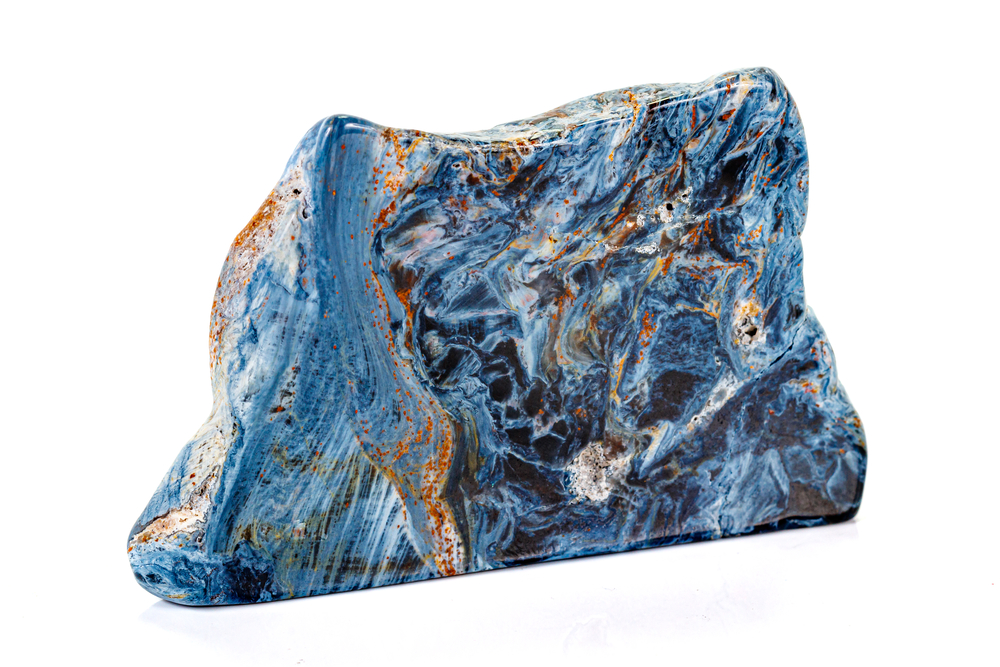
Pietersite Gemstone Value and Price
The value and price of Pietersite gemstones can vary depending on several factors, including carat weight, cut, clarity, and color.
Carat weight: Like most gemstones, Pietersite is priced per carat. The larger the stone, the rarer and more valuable it becomes. However, Pietersite is a rare gemstone, so even small stones can be valuable.
Cut: Pietersite is often cut en cabochon to showcase its chatoyancy, but it can also be faceted. The quality of the cut can affect the stone’s value, with well-cut stones being more valuable.
Clarity: Pietersite is typically opaque, and the stone’s clarity does not significantly impact its value.
Color: The dominant color and intensity of the chatoyancy can affect the value of the Pietersite. Blue and gold varieties are typically more valuable than red varieties. However, mixed-color stones can also be highly sought after.
The value of a Pietersite gemstone is largely determined by its rarity, the intensity and quality of the chatoyancy, and the size and cut of the stone. However, as with all gemstones, the value can also be influenced by market demand and trends.
How Can You Tell if Pietersite Gemstone Is Real?
Pietersite stone is authentically identified through its inclusion of blue or its softer swirling pattern as opposed to the sedimentary structure of the tiger’s eye. Here are a few points to look at that can help to find out if a Pietersite gemstone is real:
- Chatoyancy: Pietersite has a distinctive chatoyancy, or cat’s eye effect, caused by the reflection of light off the fibrous structures within the stone. The chatoyancy should be visible when the stone is moved under a light source.
- Color: Pietersite has a unique mix of blue, gold, and red colors, with flashes of other hues. The colors should be distinct and well-defined, without any muddiness or dullness.
- Hardness: Pietersite has a Mohs hardness of 6.5-7, making it a relatively durable gemstone. It should not scratch easily or show signs of wear and tear.
- Origin: Pietersite is found in only a few locations worldwide, including Namibia, China, and South Africa. If a seller claims that a Pietersite gemstone comes from a different place, it may be a sign that the stone is not genuine.
In addition to these visual checks, some tests can be done to verify the authenticity of a Pietersite gemstone. These include:
- Density test: Pietersite has a density of around 2.61-2.65 g/cm3. A density test can be done using a gemstone-specific gravity kit to check the stone’s weight and volume.
- Refractive index test: Pietersite has a refractive index of around 1.54-1.55. A refractometer can be used to measure the stone’s refractive index.
- Polarization test: Pietersite has a birefringence of around 0.009. A polariscope can be used to check for birefringence.
It is always recommended to have a reputable gemologist or jeweler verify the authenticity of a Pietersite gemstone.
What Does Pietersite Gemstone Symbolize?
Pietersite Gemstone is believed to have several symbolic meanings, often associated with its unique appearance and chatoyancy. Some of the symbolic meanings attributed to Pietersite include:
- Transformation: Pietersite is often associated with personal growth and change. It is believed to help people overcome their fears and limitations, allowing them to embrace new opportunities and experiences. According to metaphysical beliefs, the pietersite promotes a concerted activation of the sacral and solar plexus chakras and the third eye chakra, creating a powerful increase in the energy of will.
- Clarity: Pietersite is said to promote mental clarity and focus, helping to calm an overactive mind and reduce stress and anxiety.
- Intuition: Pietersite is sometimes called the “storm stone” because of its swirling patterns. It is believed to help people tap into their intuition and inner wisdom.
- Spirituality: Pietersite is thought to have a strong connection to the spiritual realm and is said to help people deepen their spiritual practice and relationship to higher consciousness.
Pietersite is a stone of change, transformation, and spiritual growth, making it a popular choice for those seeking personal development and enlightenment.

Uses of Pietersite Gemstone
Pietersite is a unique and beautiful gemstone that has a variety of uses, including:
- Jewelry: Pietersite is a popular gemstone for use in jewelry, particularly in statement pieces such as pendants, earrings, and rings. Its striking chatoyancy makes it a standout choice for bold fashion statement lovers.
- Decorative objects: Pietersite gemstones can also be used in decorative objects such as sculptures, vases, and other home decor items. Its unique color and pattern make it a visually striking addition to any room.
- Spiritual and healing practices: Pietersite is often used in spiritual and healing practices such as meditation and Reiki. It is believed to have strong healing properties, particularly in helping to balance emotions and promote mental clarity.
- Healing: It is also used to heal dull eyesight or eye infections. The liver and metabolism are also influenced by pietersite. Using the stone in your daily life can improve your ability to absorb nutrients and provide women, particularly, a sense of balance and stability for hormonal flux. It stimulates the physical body. The liver and metabolism are also influenced by pietersite.
- Collecting: Pietersite is a relatively rare gemstone highly sought by gemstone collectors. Collectors may seek out rare and unique specimens or those with particularly intense or unusual chatoyancy.
Pietersite is a versatile gemstone that can be used in various ways, from fashion to healing to collecting. Its unique and striking appearance makes it popular for those seeking something unique and special.
Which Gemstones Go Best With Pietersite Gemstone?
Pietersite is a unique and striking gemstone that pairs well with various other gems. It works well with like-minded gemstones such as chrysanthemum stone, smoky quartz, Mocca and smoked topaz crystal beads, brown snowflake jasper, and antique copper beads. Here are some gems that can complement Pietersite:
- Citrine: Pietersite and citrine have warm, golden hues that contrast beautifully.
- Amethyst: The deep purple of amethyst can create a striking contrast with the warm browns and golds of Pietersite.
- Labradorite: Labradorite’s iridescent flash can create a beautiful contrast with the chatoyancy of Pietersite.
- Aquamarine: The cool blue-green tones of aquamarine can create a calming and balanced effect when paired with Pietersite.
- Garnet: The deep red of garnet can create a bold and dramatic contrast with the warm tones of Pietersite Gemstone.
Is Pietersite Gemstone a birthstone?
Pietersite is not considered a traditional birthstone for any month. However, some people may choose Pietersite as a birthstone alternative due to its unique and striking appearance and metaphysical properties.
Pietersite is often associated with the zodiac signs of Leo and Aquarius. It is believed to help Leos tap into their natural leadership skills and charisma while providing Aquarians mental clarity and focus.
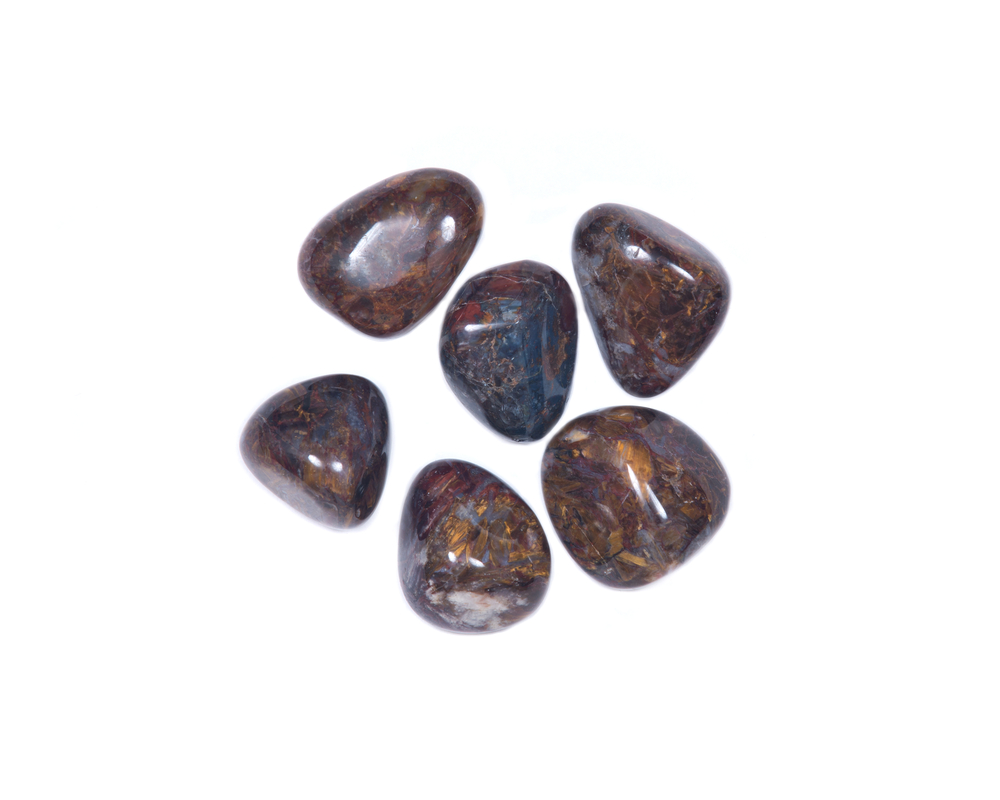
How To Take Care Of Pietersite Gemstone Jewelry?
Pietersite is a relatively durable gemstone, but like all, it requires some care and maintenance to keep it looking its best. Here are some useful tips for taking care of Pietersite gemstone jewelry:
- Avoid exposure to heat and sunlight: Pietersite can be sensitive to high temperatures and prolonged exposure to sunlight, which can cause the gemstone to fade or become discolored. Be sure to store your Pietersite jewelry in a dry place away from direct sunlight.
- Avoid exposure to chemicals: Pietersite should be kept away from harsh chemicals, such as cleaning products, perfumes, and hairspray, as these can damage the gemstone. Be sure to remove your Pietersite jewelry before swimming or showering, as exposure to chlorine and other chemicals can also cause damage.
- Clean gently: To clean Pietersite jewelry, use a soft, damp cloth or a mild soap solution. Avoid abrasive cleaners or brushes, as these can scratch the gemstone’s surface.
- Store carefully: When not wearing your Pietersite jewelry, store it in a jewelry box to protect it from scratches and damage. Keep your Pietersite jewelry separate from others to avoid scratching or rubbing against other pieces.
Pietersite jewelry can remain beautiful and vibrant for years with a little care and attention.
FAQ
Is Pietersite a rare gemstone?
Pietersite is a relatively rare gemstone that is found in limited quantities in select locations around the world.
Can Pietersite be used for engagement rings?
While Pietersite is not commonly used in engagement rings, it can be a unique and striking choice for those who want something non-traditional.
Can Pietersite be worn every day?
Pietersite is a relatively durable gemstone that can be worn every day. However, it should still be treated with care to avoid damage.
Can Pietersite be treated or enhanced?
Pietersite is a natural gemstone and is not treated or enhanced in any way.
Does Pietersite have any metaphysical properties?
Pietersite is believed to have strong metaphysical properties, including promoting mental clarity, emotional balance, and spiritual growth.



